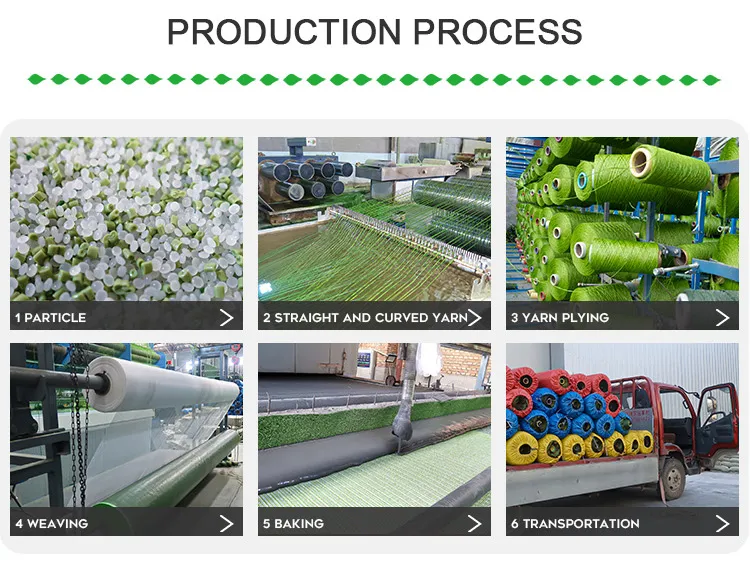
- Afrikaans
- Arabic
- Belarusian
- Bengali
- Czech
- Danish
- Dutch
- English
- Esperanto
- Estonian
- Finnish
- French
- German
- Greek
- Hindi
- Hungarian
- Icelandic
- Indonesian
- irish
- Italian
- Japanese
- kazakh
- Rwandese
- Korean
- Kyrgyz
- Lao
- Latin
- Latvian
- Malay
- Mongolian
- Myanmar
- Norwegian
- Persian
- Polish
- Portuguese
- Romanian
- Russian
- Serbian
- Spanish
- Swedish
- Tagalog
- Tajik
- Thai
- Turkish
- Turkmen
- Ukrainian
- Urdu
- Uighur
- Uzbek
- Vietnamese
Using Artificial Turf on Sloped Surfaces for Improved Aesthetics and Functionality
Oct . 21, 2024 13:53 Back to list
The Benefits and Considerations of Artificial Turf on Slopes
Artificial turf has gained popularity over the years and has become a preferred choice for landscaping, sports fields, and recreational areas. Among the various applications of artificial turf, its installation on slopes presents unique benefits and challenges. This article explores the advantages of using artificial turf on sloped surfaces while addressing considerations that property owners and landscapers should keep in mind.
The Benefits and Considerations of Artificial Turf on Slopes
In addition to aesthetics, artificial turf provides excellent drainage properties, which is particularly beneficial for sloped areas. Natural grass can often retain water, leading to muddy conditions and erosion, especially during heavy rainfall. Artificial turf is designed with drainage systems that allow water to pass through easily, helping to prevent puddles and reducing the risk of soil erosion on slopes. This effective drainage ensures that the surface remains usable and safe for activities such as walking, playing, or hosting outdoor events, even after significant rainfall.
artificial turf on a slope

Another compelling advantage of artificial turf is its durability. Unlike natural grass, which can wear down and become patchy over time, synthetic grass is engineered to withstand heavy foot traffic and adverse weather conditions. This durability makes artificial turf an excellent choice for recreational areas on slopes, such as playgrounds or sports fields, where consistent use is expected. Property owners can enjoy the peace of mind that comes with knowing their investment is built to last and will maintain its appearance and functionality for years to come.
However, while the benefits are significant, there are essential considerations when installing artificial turf on slopes. One major concern is the installation process itself. Ensuring proper anchoring and securing of the turf is crucial in preventing it from sliding or shifting, especially during heavy rainfall or when subjected to the weight of snow. A professional installer will typically use methods such as stakes, infill materials, and appropriate adhesives to secure the turf effectively. This expertise is vital to ensure that the turf performs optimally and lasts for years without issues.
Another consideration is the potential heat retention of artificial turf, particularly in sunny regions. Synthetic grass can absorb and retain heat, making it significantly warmer than natural grass, especially during peak summer months. Property owners should be aware of this factor and may need to implement strategies to mitigate heat, such as using lighter-colored turf or ensuring adequate shade in certain areas.
In conclusion, artificial turf on slopes presents a host of advantages, from reduced maintenance to improved drainage and durability. However, careful consideration must also be given to installation methods and the effects of heat retention. With the right approach, artificial turf can transform a sloped area into an appealing, functional space suitable for various recreational activities while minimizing the challenges associated with maintaining natural grass. As technology advances, the options for artificial turf continue to evolve, making it an increasingly attractive solution for properties with challenging landscapes.
-
The Benefits of Artificial Turf for Indoors
NewsJul.15,2025
-
How Artificial Grass Suppliers Ensure Quality Products
NewsJul.15,2025
-
Artificial Grass and Pets: A Space for Relaxation
NewsJul.08,2025
-
Balcony & Outdoor Decoration with Artificial Grass
NewsJul.08,2025
-
Best Indoor Artificial Grass for Home
NewsJul.07,2025
-
Best Pet Turf for Dogs: Safe & Durable Artificial Grass Options
NewsJul.07,2025
Products categories









